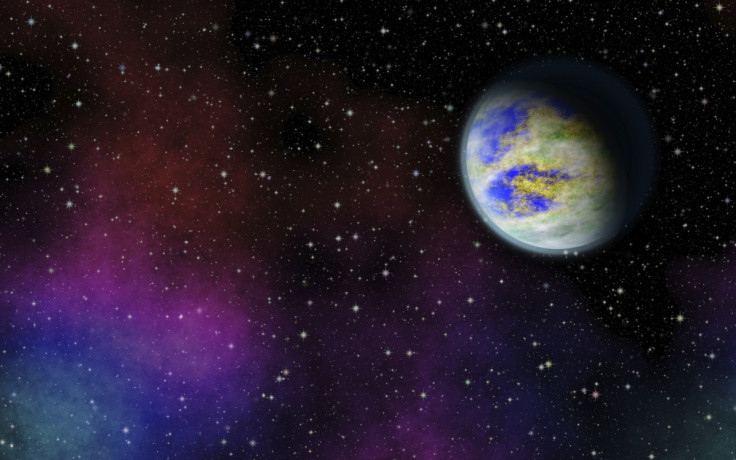Largest ever solar system discovered: Planet 2MASS J2126-8140 orbits a star 1 trillion km away from it

The largest solar system ever recorded has been found, say astronomers. Scientists were studying a planet that they thought was just aimlessly wandering through space, but they discovered it is actually orbiting a host star roughly one trillion kilometres away from it.
The planet that the scientists were researching – known as 2MASS J2126-8140 – was first believed to not have a parent star, but scientists were surprised when they found it was orbiting a red dwarf star, which has been called TYC 9486-927-1. The distance between the planet and the star is 7,000 times longer than the Earth and the Sun, report the astronomers in the Monthly Notices of The Royal Astronomical Society.
The gap between the planet and star is so big that one full orbit takes the equivalent of almost a million years. That means that on average, one UK family would go through nearly 13,000 generations before 2MASS J2126-8140 completes a full orbit of TYC 9486-927-1.
The new solar system is almost three times larger than the previously known biggest distance between a planet and a host star.
Simon Murphy of the Australian National University said: "We were very surprised to find such a low-mass object so far from its parent star."
The astronomers that discovered this solar system are from a group of international scientists that are studying young stars and brown dwarfs close to our own solar system. 2MASS J2126-8140, a gas giant roughly 15 times bigger than Jupiter, the biggest planet in our own solar system, was just one of thousands of young planets being studied.
It was soon discovered that both the lone planet, and its subsequent host star, were around the same distance away from Earth – about 100 million light years, or almost 6 octillion miles (this number carries 27 0's). They then measured both of their movements, and the link was soon confirmed.
"We can speculate they formed 10 million to 45 million years ago from a filament of gas that pushed them together in the same direction," said Murphy. "They must not have lived their lives in a very dense environment. They are so tenuously bound together that any nearby star would have disrupted their orbit completely."
© Copyright IBTimes 2025. All rights reserved.





















